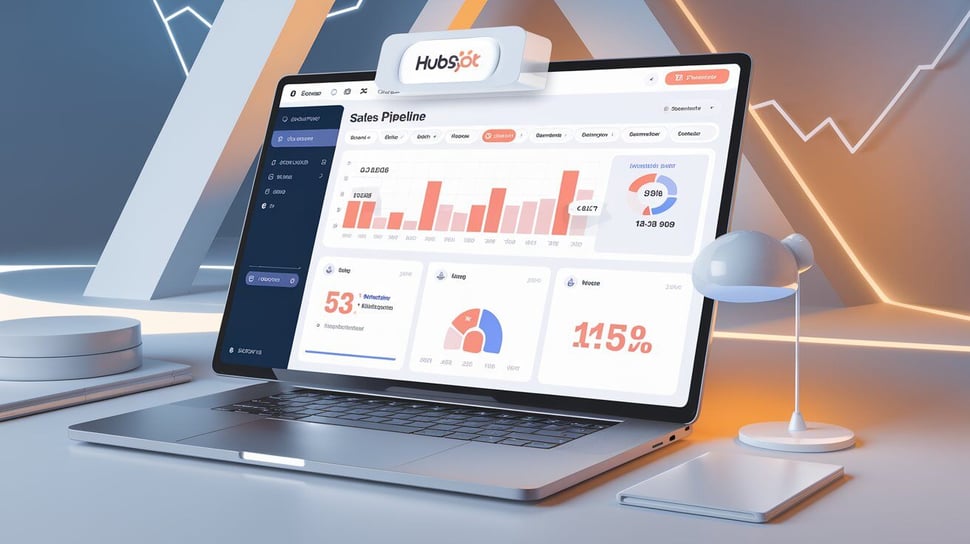
Blog Details
What is Sales Pipeline Management in HubSpot?
- March 7 2025
- Nikias Kray

Sales success isn’t just about having great leads—it’s about efficiently managing your sales pipeline to turn those leads into customers. Without a structured process, deals can slip through the cracks, sales reps may miss crucial follow-ups, and revenue forecasting becomes unreliable.
HubSpot’s Sales Pipeline Management provides a streamlined approach to tracking, organizing, and optimizing every stage of your sales cycle, ensuring no opportunity goes unnoticed.
Why Sales Pipeline Management Matters
A well-structured sales pipeline helps businesses:
-
Increase conversion rates by keeping deals organized and prioritized.
-
Improve sales forecasting with real-time visibility into opportunities.
-
Enhance team productivity by automating repetitive tasks and follow-ups.
-
Shorten the sales cycle by eliminating bottlenecks and inefficiencies.
Without proper management, businesses risk losing leads, missing revenue opportunities, and making uninformed sales decisions.
Key Features of Sales Pipeline Management in HubSpot
1. Visual Deal Tracking
HubSpot provides an intuitive, drag-and-drop pipeline view that allows sales teams to move deals through various stages with ease. This real-time visibility helps reps stay on top of their tasks and focus on the right opportunities.
2. Automation for Efficiency
With HubSpot, you can automate follow-ups, notifications, and task assignments, reducing manual work and ensuring no lead is forgotten. This helps sales teams focus on high-value activities rather than administrative tasks.
3. Customizable Stages
Every business has a unique sales process. HubSpot allows you to customize your pipeline stages to match your specific workflow, ensuring accurate tracking and reporting.
4. Real-Time Sales Forecasting
By analyzing your pipeline data, HubSpot provides predictive insights and revenue forecasting, helping sales managers make data-driven decisions and adjust strategies as needed.
5. Seamless CRM Integration
HubSpot’s sales pipeline integrates with its CRM, marketing tools, and third-party apps, creating a unified system for lead nurturing, deal tracking, and customer relationship management.
How to Set Up and Optimize Your Sales Pipeline in HubSpot
Step 1: Define Your Sales Stages
Identify the key steps in your sales cycle (e.g., Lead Contacted → Proposal Sent → Negotiation → Closed Deal) and configure them in HubSpot.
Step 2: Automate Workflows
Set up automation for follow-ups, reminders, and lead scoring to keep deals moving efficiently.
Step 3: Monitor and Adjust
Use HubSpot’s reporting tools to track pipeline performance and optimize based on data-driven insights.
Step 4: Train Your Sales Team
Ensure your team understands how to use the pipeline effectively to maximize efficiency and close more deals.
Conclusion
Effective sales pipeline management in HubSpot is the key to closing more deals, improving forecasting, and increasing revenue. Without a structured approach, businesses risk losing opportunities and struggling with inefficiencies.
🚀 Ready to optimize your sales pipeline and grow your business? Contact us today to learn how HubSpot can transform your sales process!
Leave your thought here
Your email address will not be published. Required fields are marked *